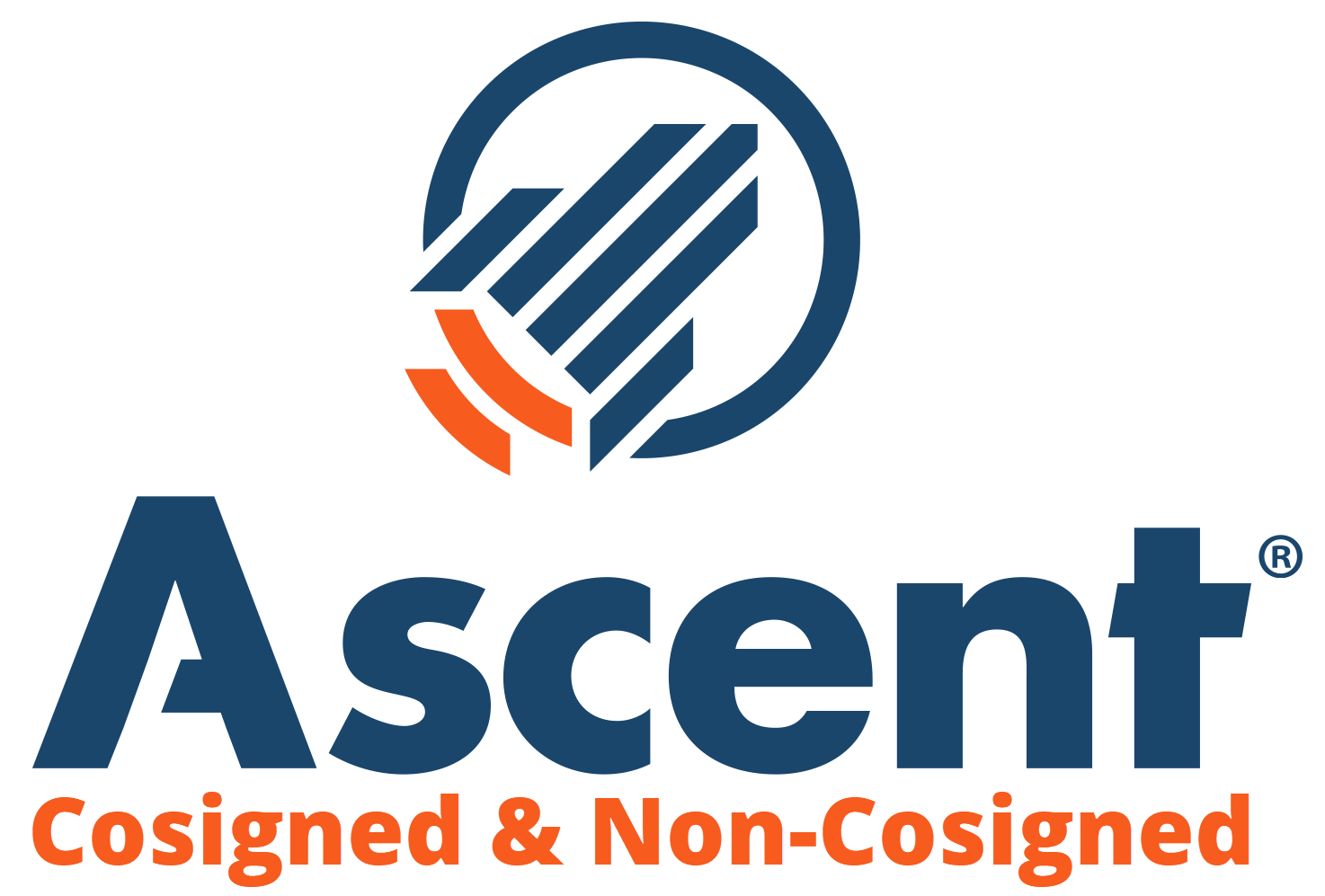You did it! You worked hard and a college of your choice accepted you. Congratulations, that’s an accomplishment. Now the question is, can you afford it? That’s where the offer letter comes in. Short answer: an offer letter tells you where all the money to pay for college is coming from (minus private student loans). But that’s a shallow answer that we explain better below.
With the cost of college rising rapidly and a great number of students graduating in debt, figuring out how much your dream school will cost you through the offer letter before you sign on the dotted line and commit is essential.
Colleges determine financial need for students based on a number of factors including family size, income, etc. The FAFSA (Free Application for Federal Student Aid) form is key to calculating your costs. We encourage every student to fill out the FAFSA. If you filled out the FAFSA, then you should receive an offer letter once you’re accepted to your college choices. This typically happens in the spring, late March to mid-April. Offer letters–also known as Financial Aid Offer Letters/Packages–break down exactly how much your college education will cost you. It also includes various ways to help you finance that education through loans, grants and scholarships with the help of your state, the school, and the federal government.
Reading these letters and interpreting them can be both confusing and overwhelming for some. So, we’re here to offer some insight and some tips to make it as easy as possible for both student and family to understand. Here’s the 411 on Financial Aid Offer Letters.
Read your offer letter carefully.
When you receive your offer letter, be sure to read over it carefully. It also helps to be in the presence of your parent or guardian at the time. Being able to have another set of eyes in these situations is important. Offer letters are basically all the same, with the same information, but sometimes the wording or the numbers can throw people off. Take your time and read to gain understanding. Here’s a list of terms you should be mindful of when reading your offer letter:
Cost of Attendance (aka COA):
This is what it costs to attend school for one year. It includes tuition, room and board, books/supplies, transportation, personal expenses, and other fees. If it’s not included in your offer letter, visit the school’s website for the most accurate numbers. If it is, make sure it includes everything we just mentioned.

Grants, Scholarships, Work Studies:
Forms of financial aid offered by the school, your state, and federal governments that DON’T have to be paid back. Work-study allows you to get a job on campus(and off-campus depending on the institution) working a set amount of hours each week. The money used from work-study can be used for living and school-related expenses.
Student Loans:
Forms of financial aid provided by the federal government that has to be paid back with interest. Loans come in various types, including subsidized, unsubsidized, private and more.
EFC (Estimated Family Contribution):
What the government thinks you can pay out of pocket to cover college costs through savings, loans and other funds.
Pay attention to the numbers
The numbers will help guide you in the right direction and provide you with a realistic idea of what college will look like for you. For example, out of state tuition is usually significantly more costly than in-state. That’s something to think about. When breaking down the numbers, here are more things to keep in mind and evaluate:
Net Price
The real cost of college. The net cost equals the cost of attendance (COA) minus the grants and scholarships outlined in your financial aid package. This number is the most helpful when determining which schools are cheaper than others. Net price doesn’t include loans.
Net Cost
The net cost is equal to the cost of attendance minus the total amount (including loans) of financial aid you’re being offered by the institution. Typically, the net cost will resemble your EFC, so that’s why it’s better to use the net price when comparing schools.
College Raptor is all about the true price of college. Use our College Match tool to see what the net price of a certain school is and find what kind of financial aid you could receive from them.
Ask questions.
When evaluating an offer letter, the most important thing you can do is ask questions. For example, if your offer letter states that you are eligible for a scholarship, what are the conditions of that scholarship? Do you have to maintain a certain GPA? Is it renewable for all four years? Or, your offer letter might say that you are eligible for loans. What kind of loans? What are the interest rates and the payment plan options? Would you like to pay back loans later or would you prefer to have more free money that eliminates that stress?
Ask as many questions as you possibly can of yourself, and your family paying for your education. If there’s something on your offer letter that you don’t quite understand, don’t be afraid to reach out to a financial administrator at that institution. The more information you have, the better decisions you can make in the long run.
Consider ALL your options.
Usually by the time you’ve been accepted into a school of your choice you’re so excited that you don’t know what to do. When evaluating an offer letter, dial down the excitement just a little bit and be honest with yourself. For example, you may want to go to a four year out of state school. However, you ran the numbers, asked the questions and an in-state school is the better way to go right now. Option 1: attend the in-state school, keep your grades up, and attend graduate school out of state at the other institution. Next, option 2: Attend the in-state school for your first year then reapply and see what your options are then. Finally, option 3: If cost is that much of an issue, also consider community college.
Many students begin there because of the affordable rates, do well, and transfer to other colleges and universities later on. Don’t be afraid to explore all your options when deciding on a college. A little work and proper research now can save you a lot of heartache and stress later.
At the end of the day, money is a major factor but it’s not the only one to consider when choosing a college or university. Make sure you take all of them into consideration. After all, you want to enjoy your college experience.
| Lender | Rates (APR) | Eligibility | |
|---|---|---|---|
 |
5.19% - 15.81%* Variable
3.99%-15.61%* Fixed |
Undergraduate and Graduate |
VISIT CITIZENS |
 |
4.79% - 14.96% Variable
3.49% - 15.49% Fixed |
Undergraduate and Graduate |
VISIT SALLIE MAE |
 |
4.38% - 17.99% Variable
3.39% - 17.99% Fixed |
Undergraduate and Graduate |
VISIT CREDIBLE |
 |
5.34% - 13.19% Variable
3.48% - 12.61% Fixed |
Undergraduate and Graduate |
VISIT LENDKEY |
 |
5.25% - 14.26% Variable
3.39% - 14.16% Fixed |
Undergraduate and Graduate |
VISIT ASCENT |
 |
3.70% - 8.75% Fixed |
Undergraduate and Graduate |
VISIT ISL |
 |
4.99% - 16.85% Variable
3.47% - 16.49% Fixed |
Undergraduate and Graduate |
VISIT EARNEST |
 |
5.00% - 13.97% Variable
3.69% - 14.22% Fixed |
Undergraduate and Graduate |
VISIT ELFI |






